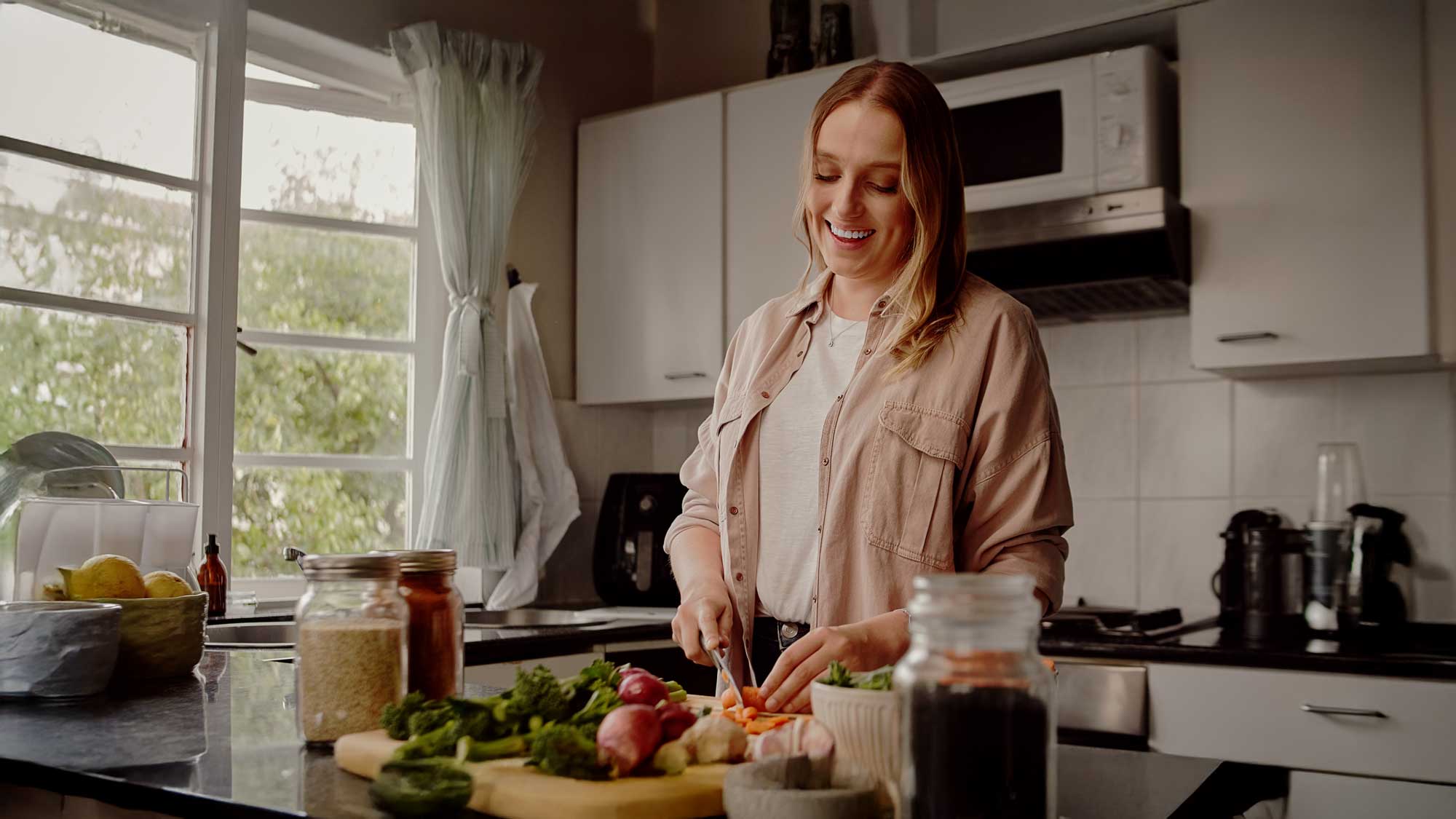There are countless ways that people deal with pain, trauma, mental illness, and the challenges of life. One way that people, especially adolescents and young adults, try to regain control and find release is through physical self-harm. However, this habit can become cyclical and difficult to manage. But there is hope, whether it’s you, a family member, or friend who is struggling. March is Self-Harm Awareness Month, so Valley Oaks Health is shining a light on this difficult topic.
What is self-harm?
Also called self-injury, self-harm is physically hurting yourself on purpose. The most common form of self-harm is cutting, but it can also include many other methods such as head-banging/hitting, burning, scratching, or pulling hair. It also includes doing things that cause internal damage, such as ingesting poisonous or toxic substances, or consuming too much alcohol or drugs. It’s important to know that this isn’t usually an attempt at suicide but rather a way to deal with emotional distress.
There are many reasons why people self-harm. It could be to experience a release, to turn emotional pain into physical pain, to feel a sense of control, or to stop feeling numb. Whatever the reason, self-harm may provide a sense of release or control for a moment, but it typically leads to negative feelings and shame, causing a destructive cycle. It’s a pattern that can be difficult to get out of if someone becomes dependent on self-harm.
Signs of self-harm
Some signs of self-harm are external and more obvious, such as:
- Scars, often in patterns
- Fresh cuts, scratches, burns, or other wounds
- Burns created from excessive rubbing
- Missing patches of hair
Other signs can be less obvious or physical but still point to self-harm:
- Wearing long sleeves or pants in hot weather
- Keeping sharp objects around for no apparent reason
- Reporting accidental injuries often
- Having difficulty with relationships
- Acting behaviorally and emotionally unstable or impulsive
- Saying they feel hopeless or worthless
Getting help
If you believe someone you know is hurting themselves, you may feel uncomfortable, afraid, or helpless. Remember that the best thing you can do for them is to offer love and compassion without trying to force them to change. Only they can make the choice to seek help. Ask them how they are doing, listen without trying to solve the problem, and even offer to help them find treatment.
If you relate to any behaviors or physical symptoms listed above, help is available. Self-harm isn’t uncommon and is treatable. The first step is always the hardest, but at Valley Oaks Health, we will be with you until recovery is reality.
If you’re ready to have a conversation about self-harm, contact us today.






